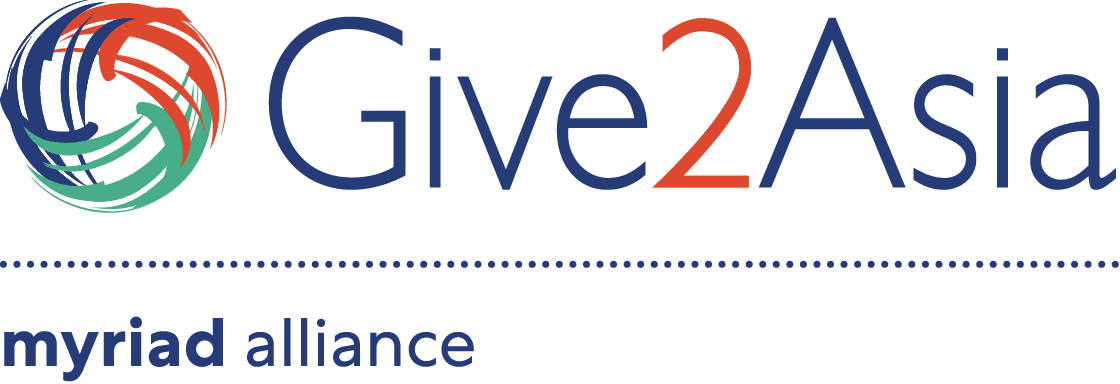by Jill Chang
Taiwan is highly vulnerable to natural disasters. In recent years, other natural disasters have increased in number as well, including typhoons and landslides. The 921 Earthquake in 1999 caused 1,455 deaths and was one of the most severe natural disasters in its history. In the past ten years, the disaster that caused the most damages was typhoon Morakot in 2009, which caused a total of 681 deaths and US$ 6.6 billion in costs.
Taiwan’s rural areas are especially vulnerable. Take Hualien, for example. It is located on the east coast of Taiwan, which is usually ground zero for typhoons. At the same time, it is sitting right on the geofault line, which leads to earthquakes occurring frequently. What often occurs is the earthquakes loosen the land and damage the structure of the buildings, such that when a typhoon or torrential rainfall hits the area, the damage is compounded. Moreover, the economies of rural areas usually rely on agriculture and tourism, meaning that once a disaster hits, the damage to the local economy is severe. This phenomenon took place two years ago in Tainan (台南) and Give2Asia responded with a mobilization to raise funds for its partner St. Teresa Opportunity Center, a shelter and education center for children with mental and physical handicaps. The fund was used for long-term recovery efforts, enabling St. Teresa Opportunity Center to remodel its damaged buildings and continue to support its local community in the disaster’s aftermath.
Moving forward with an understanding of these these risks, the unique needs of Taiwan to consider in DRR work include:
- Disaster preparedness education. Educating the residents of rural areas to be aware of their regional risks and actions they should take for risk management and prevention. In rural areas, residents usually need to develop the mindset of minimizing risks and must also be empowered with the resources to put this mindset into action. Projects to this effect include strengthening buildings, improving drainage systems, or developing an escape plan and having drills. While workshops have been carried out in this field, they have largely concentrated on the role of the public sector and academia as opposed to the necessary community-based trainings.
- Becoming a model training center. While residents in rural areas need more training, local rescue capacities are relatively mature, and they are already utilized to provide training. For example, Vietnam sent their Fire Department to the City of Taichung for a 2-week training on fire rescue, swift water rescue, and Inflatable Rescue Boats. Given its geographical location, cultural similarities, and its having the largest Rescue Training Center in East Asia, Taiwan stands in a great position to provide DRR training for nearby locations in a relevant and cost-effective manner.
- Acquiring best DRR practices from global leaders. By sending professionals to countries such as the U.S. and Japan, thought leaders will be able to draw from a variety of experts on the changing risks of increasing disasters.




